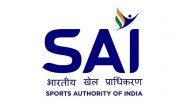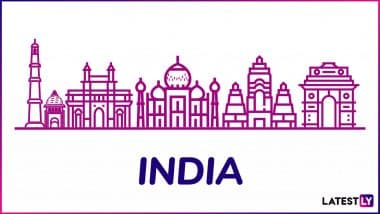Chandigarh, Nov 8 (PTI) To de-stress ground and surface water resources, the Haryana government has approved a policy on reuse of treated waste water for non-potable purposes to avoid further damage to water bodies and the environment.
The policy states the need is to consider the fast-increasing municipal treated waste water as a potential resource which can suitably be put to effective use particularly for non-potable purposes.
"This will go a long way in de-stressing the ground and surface water resources and would, to some extent, result in attenuation of the existing water imbalance," it says.
At present, the existing untreated or partially treated water finds its way into streams, ponds, drains or other depressions resulting in pollution of the water bodies and endangering the environment, it says.
Besides, this unused water also percolates into the sub-soil strata causing contamination of the ground water regime and thus resulting in a potential threat to the health of the public.
Also, the reuse of treated waste water would help in generating higher revenues which could partly meet with the operation and maintenance costs of the Sewage Treatment Plants, it says.
Nearly 60 per cent of the ground water in Haryana is brackish and unfit for human consumption, according to the policy paper.
Water supply in Haryana is made available through a network of canal system and from ground water. The Western Jamuna Canal supplies water to the districts of Panipat, Sonipat, Rewari, Rohtak, Bhiwani, Dadri, Jind and Jhajjar whereas the Bhakra Main Line canal feeds the districts of Hisar and Sirsa.
The declining groundwater tables lie in Gurgaon, Panipat and Faridabad, while Rewari has shown increase in ground water levels even though its ground water table is deepest in the state.
Keeping in view the limited availability of water resources in the state and also issues relating to quality of water, it is imperative to lay emphasis on management of water resources, it says.
The objectives of the policy include to attain a minimum coverage of 80 percent of the area with sewerage facilities and collection of sewage in all the towns of the state and to attain a level of 100 per cent treatment of collected sewage as per prescribed standards.
Signs and symbols signifying and clearly indicating “Treated Waste Water not fit for drinking” will be stamped/fixed on the outlets, hydrants, valves, both surface and sub-surface, covers and at all conspicuous places of recycled distribution system.
(The above story is verified and authored by Press Trust of India (PTI) staff. PTI, India’s premier news agency, employs more than 400 journalists and 500 stringers to cover almost every district and small town in India.. The views appearing in the above post do not reflect the opinions of LatestLY)













 Quickly
Quickly


